
It’s practically undeniable that Reggaeton has now become synonymous with Latin urban culture. Rooted in Caribbean and Latin American rhythms, Reggaeton has transformed the global music scene in the last decade or so. Yet its history goes way back, and is one of cultural amalgamation and erasure, particularly of Afro-Latine artists who played a crucial role in its birth and evolution.
Reggaeton traces its roots back to the 1970s in Panama, where Afro-Panamanian musicians began experimenting with reggae en Español – a Spanish language version of Jamaican reggae. This was largely influenced by the Jamaican workers who migrated to Panama for the construction of the Panama Canal and brought their music with them.
Panamanian artist La Atrevida, also known as Rude Girl, rose to prominence in the early 1990s by introducing Spanish-language reggae, with many of her lyrics addressing issues within the Afro-Caribbean community.
The genre's evolution continued in Puerto Rico in the late 1980s and early 1990s. Here, reggae en Español fused with American hip hop and native Latin American music styles, creating a unique sound that would later be termed "reggaeton." Key to this evolution was the "dembow" rhythm, derived from Jamaican dancehall music.
But despite reggaeton's deep-rooted connection to Afro-Latine culture, there has been a consistent marginalization and erasure of Afro-Latine voices from the genre's mainstream narrative. In the early years of reggaeton, Afro-Latine artists, including El General, Vico C, and Tego Calderón, were instrumental in shaping the genre.
And even though Ivy Queen is often hailed as the "Queen of Reggaeton," she's just one component of a broader, vibrant landscape of numerous Afro-Latina pioneers. Women like Lisa M, La Sista, La Atrevida, and Glory have all significantly contributed to shaping the genre we enjoy today, yet their stories are often overlooked.
As reggaeton moved into the international limelight, it began to align itself more closely with a lighter-skinned image, frequently sidelining Afro-Latine artists.
This erasure isn't just about recognition; it's about the appropriation and whitewashing of a genre. As reggaeton evolved and gained commercial success, it often shed its black roots in favor of a more marketable image. This shift has repercussions beyond just music—it's part of a broader pattern of anti-Blackness in the Latin music industry and the world at large.
Even as the genre becomes more inclusive, with more and more women gaining recognition, Afro-Latina artists still struggle for the same visibility. This issue is not limited to reggaeton; it's a reflection of broader patterns of colorism, racism, and sexism prevalent within the music industry and society at large
Time and time again, we have witnessed a pattern where white-presenting artists catapult to fame seemingly overnight, engaging in the same pursuits that their darker-skinned peers have been dedicated to for years.
Sadly, it is unsurprising that contemporary Afro-Latina artists like Goyo from ChocQuibTown, who not only possesses remarkable musical talent but is also a vocal advocate for the Afro-Latine community, encounter obstacles in attaining equal levels of fame and recognition compared to their white-presenting counterparts in Reggaeton, such as Rosalía. This discrepancy extends to male artists, such as Sech and Ozuna, who find themselves facing similar challenges when measured against the success of Bad Bunny.
The sexual objectification of women in reggaeton further aggravates this erasure. Music videos often depict women, particularly Afro-Latina women, as sexual objects rather than as artists or contributors to the genre. A glaring example of this is J Balvin's downright racist and sexist "Perra" video. This narrative reduces Afro-Latina women to highly sexualized, one-dimensional figures, overshadowing their talent and contributions.
Reggaeton's popularity continues to soar on the global stage, showing just how much the world loves Latin urban music. Still, we're not telling the full story. We're overlooking the roots of the genre and the Afro-Latine artists who helped bring it to life. Isn't it time we spotlight the rich blend of influences that created reggaeton, from its start in Afro-Caribbean rhythms to its rise across Latin America? Let’s give credit where it's due to those who have added their unique experiences and personalities to its vibrant history.
- J Balvin Wins Afro Latino Award After Portraying Black Women as Dogs ›
- From Dembow to Turreo: Urban Music Subgenres Explained ›
- Ivy Queen: La Reina del Reggaeton Trailblazing against Machismo ›
- Luz Media ›
- The Rise of 'Girl Dinner': Why It's Striking a Chord - Luz Media ›


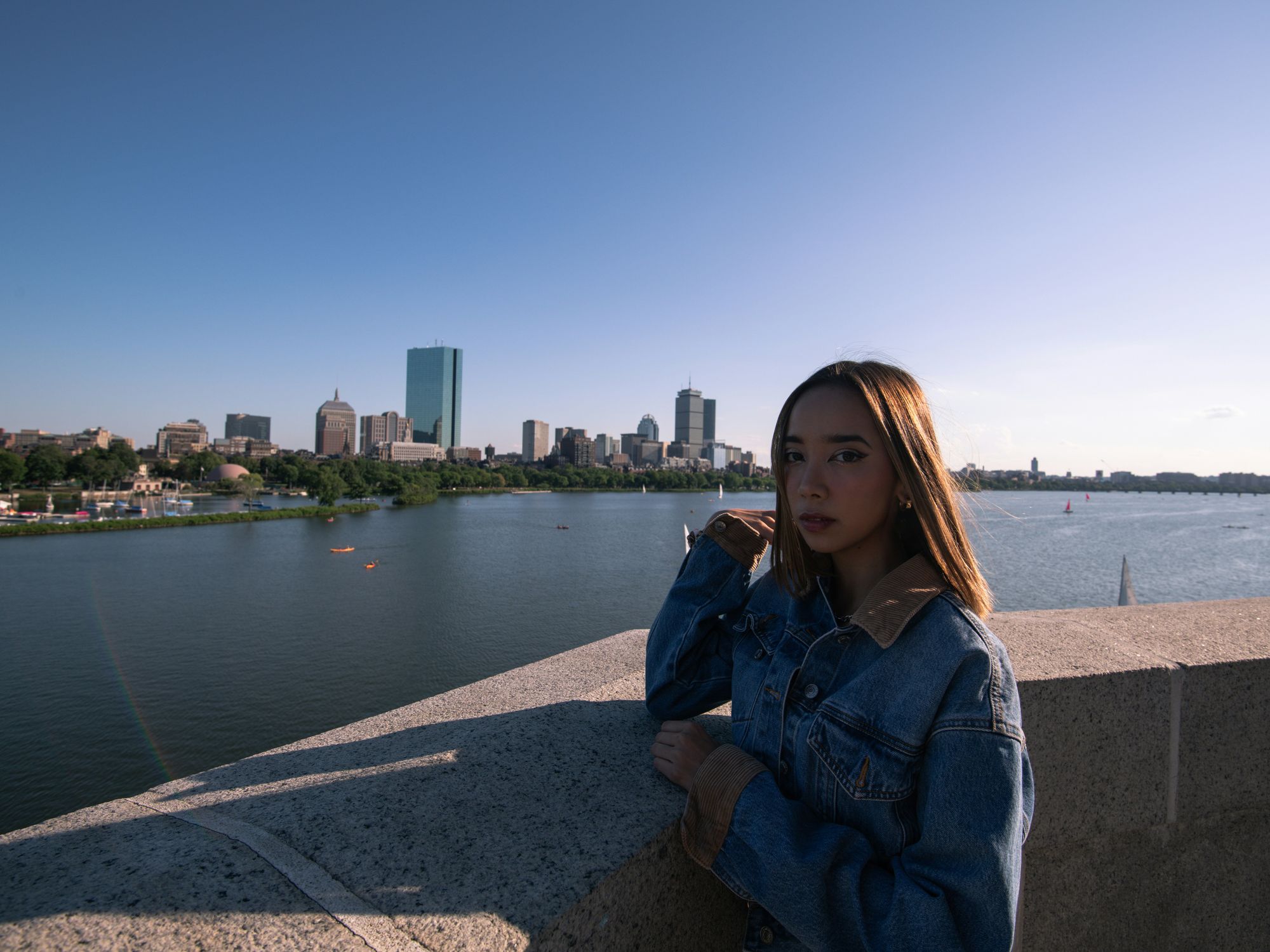 Photo by
Photo by  Photo by
Photo by 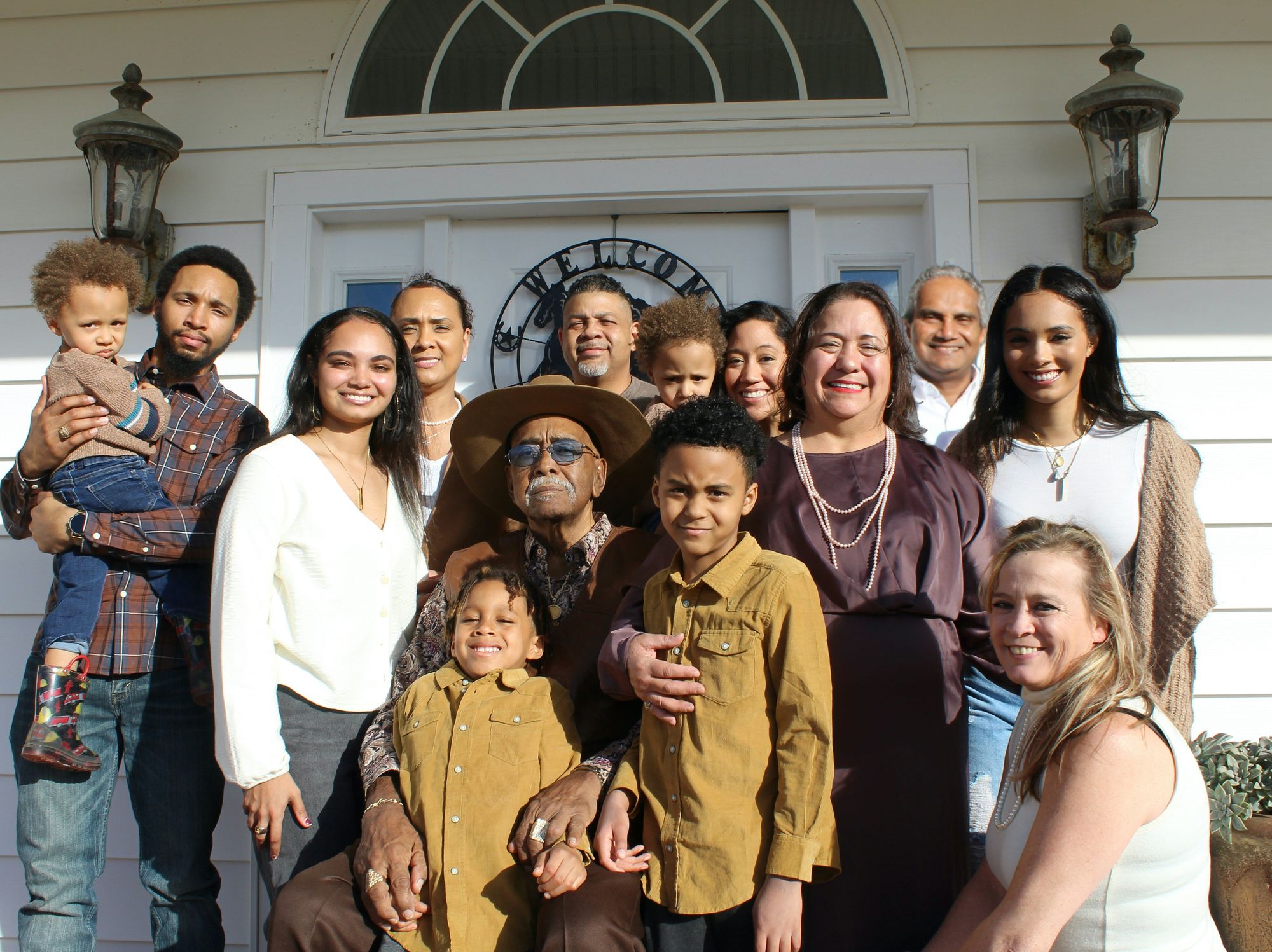 Photo by
Photo by 
 Photo by
Photo by 

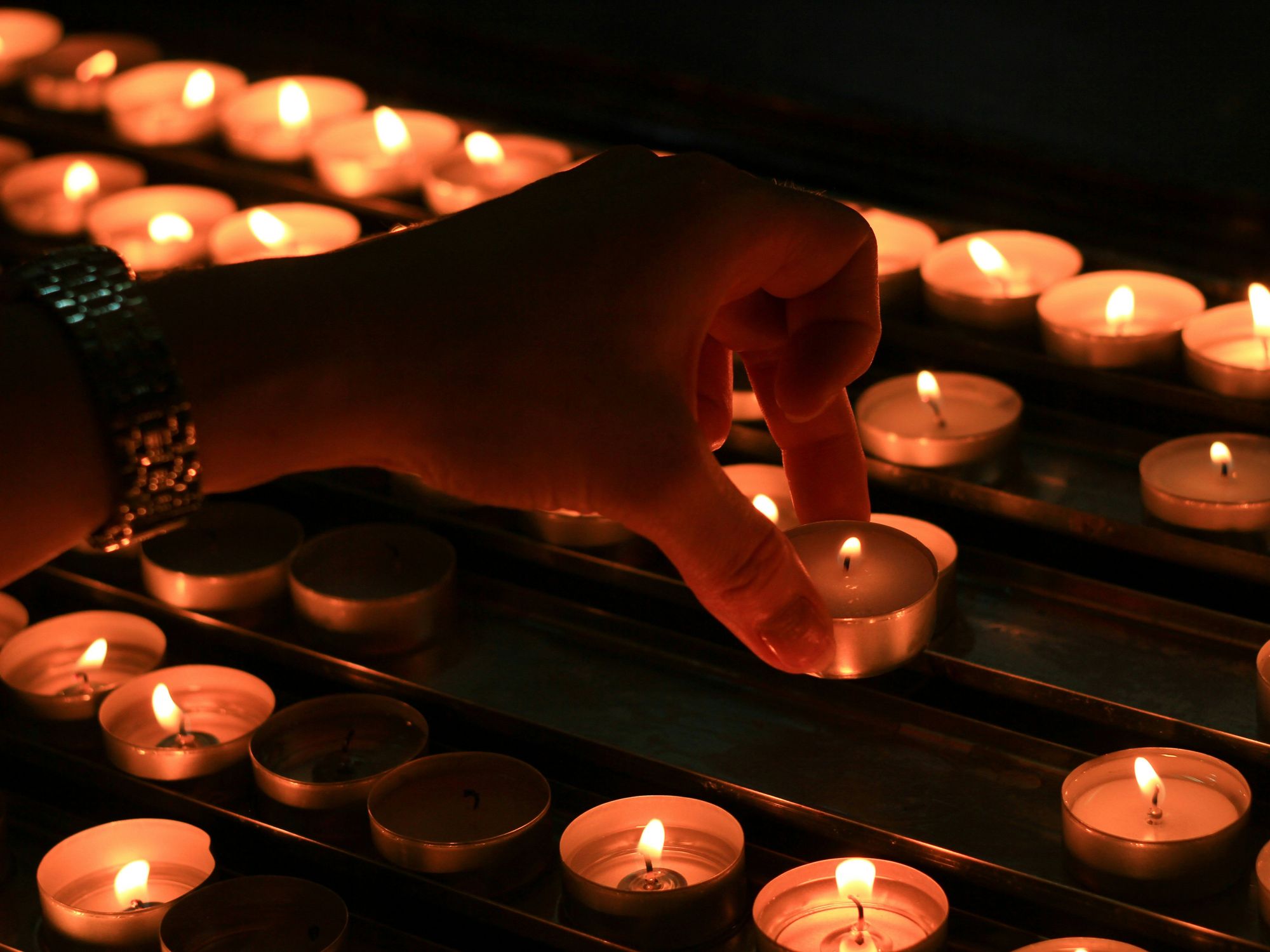 Photo by
Photo by  Photo by
Photo by 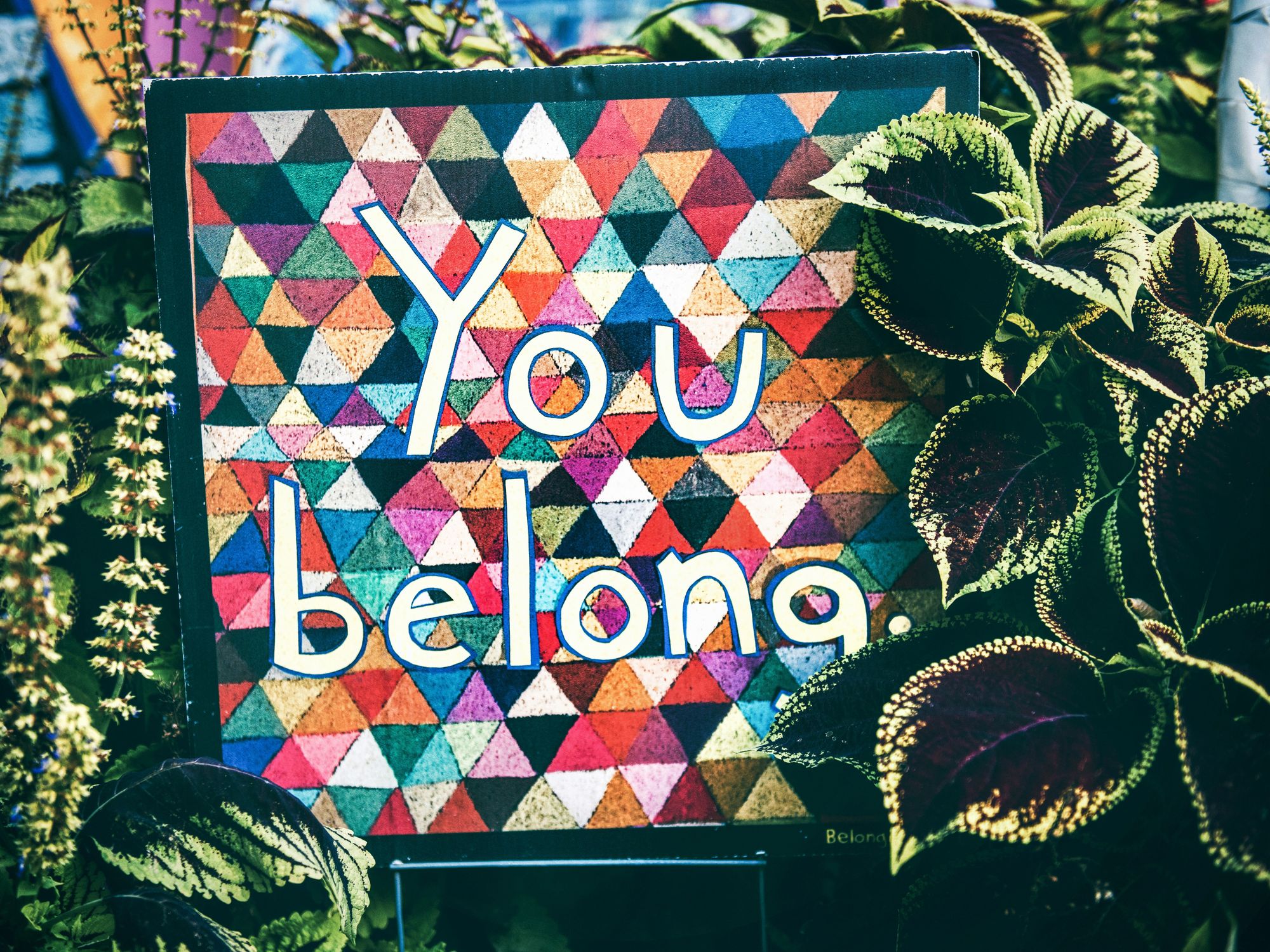 Photo by
Photo by 



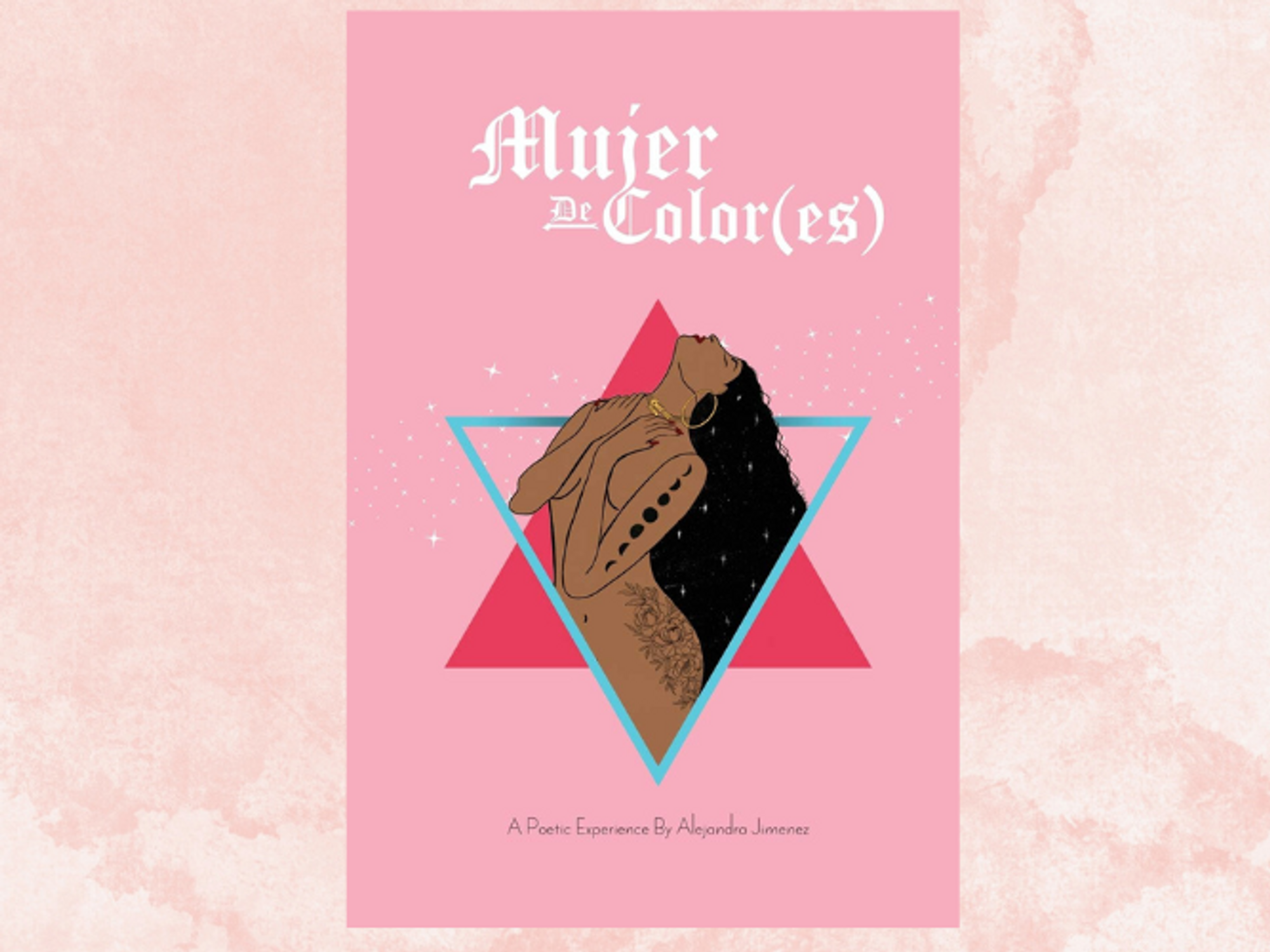




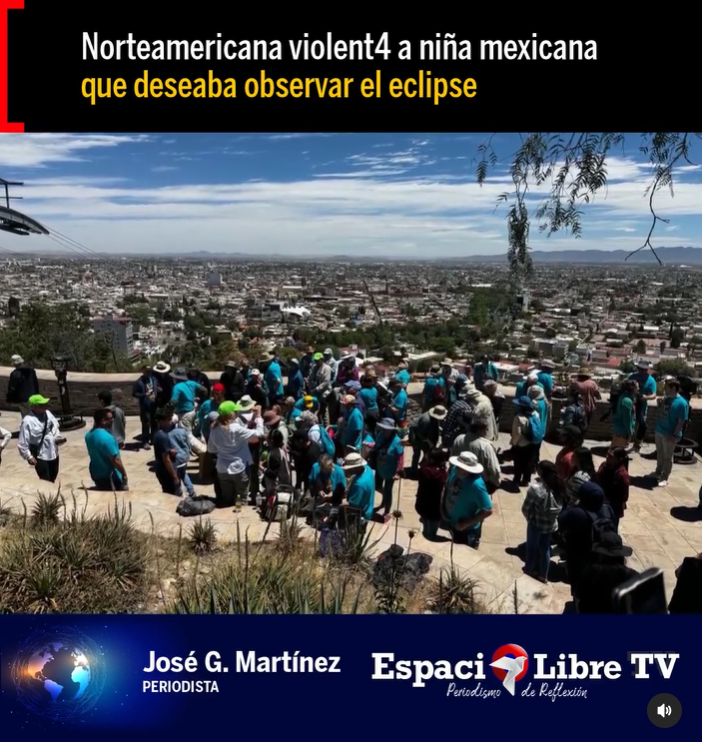 Video by
Video by Video by
Video by Video by
Video by Video by
Video by Video by
Video by Video by
Video by Video by
Video by Video by
Video by